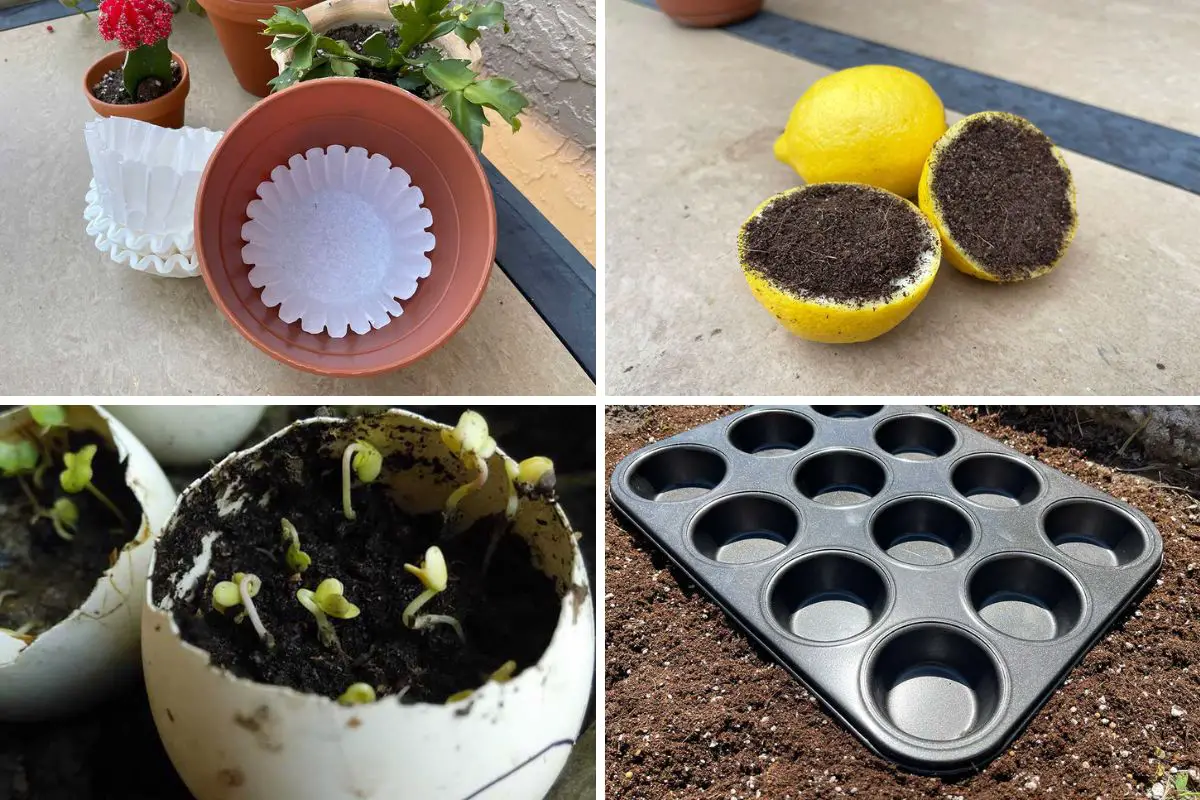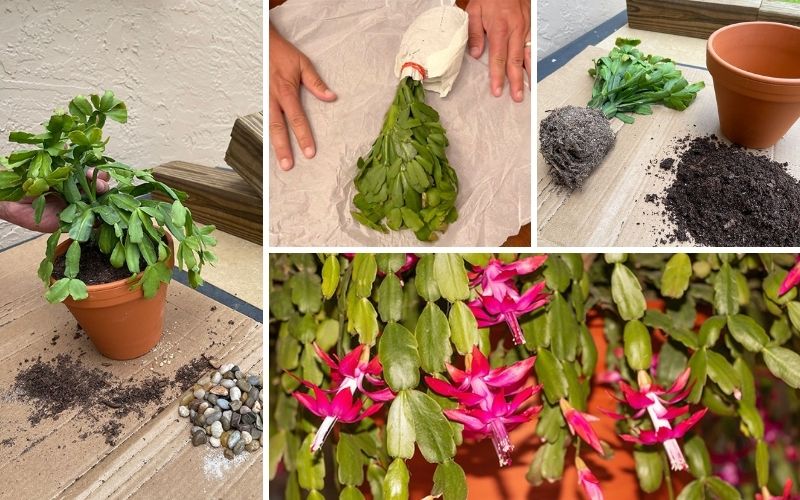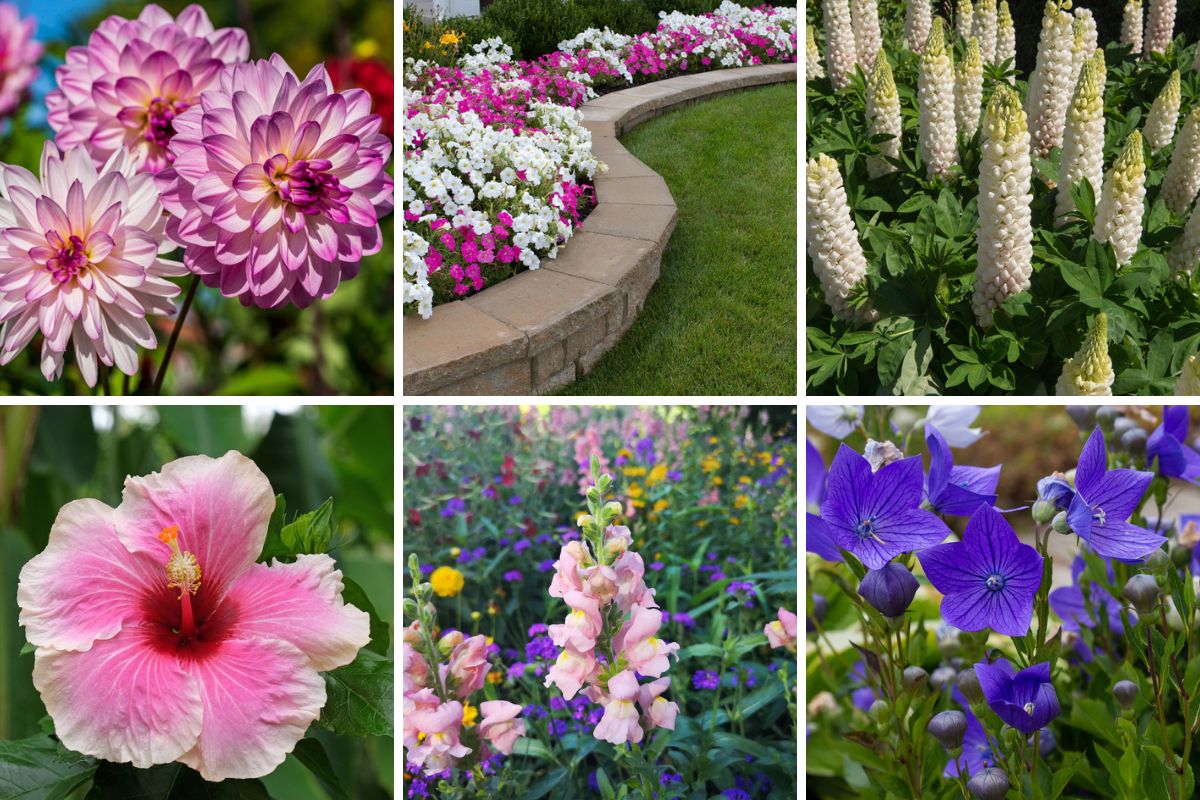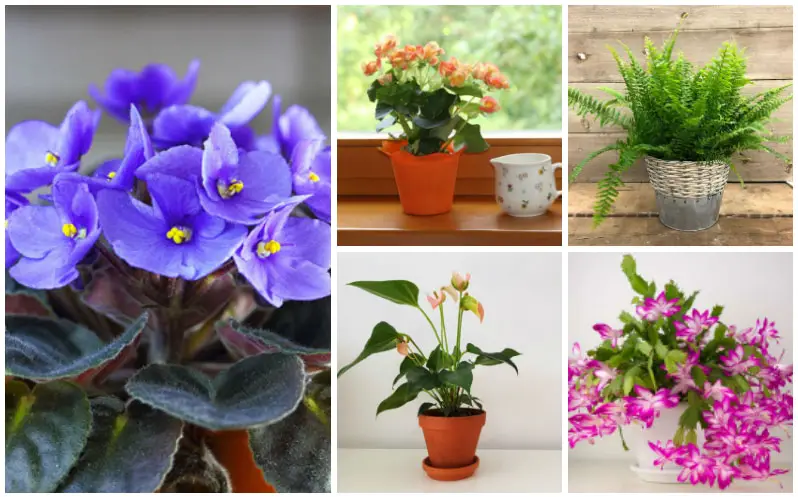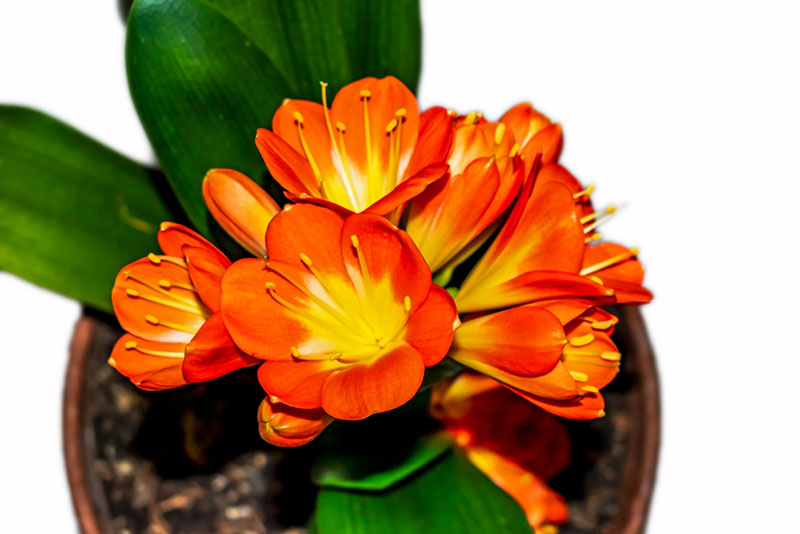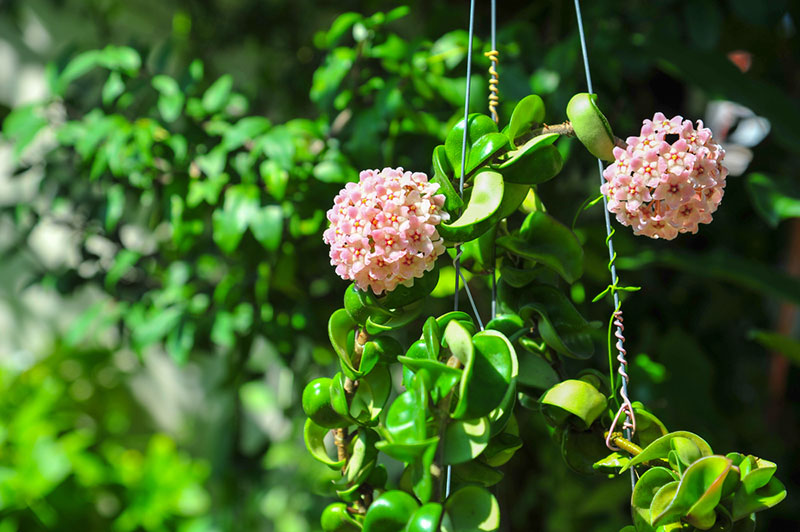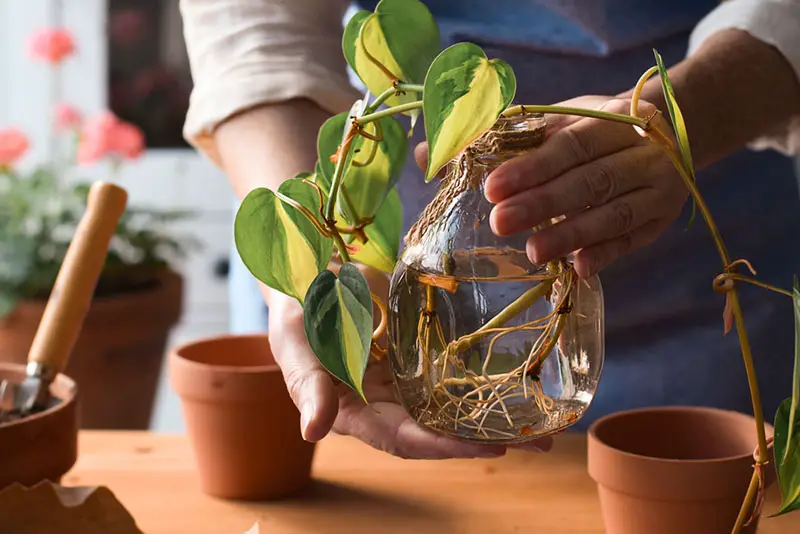
Propagating houseplants in water is a quick and easy way to expand your houseplant collection. While not all plants will root in a glass or vase of water, most tropical and subtropical plants will.
This includes many vining plants, like ivies and Swedish ivies, philodendrons, pothos, Monstera, and ZZ plants.
Plants with woody stems often rot in water before they form roots.
How to Propagate Plants in Water
Plant stems contain nodes and internodes. The nodes are the area on the stem where new growth sprouts and grows. Nodes are thickened and may form a ring around the stem. Leaves, branches, and even aerial roots grow from the nodes.
Internodes are the area on the stem between nodes. New growth will not sprout and grow on the internodes. To root a cutting from a plant, the cutting must have a node.
- Locate a node on the plant stem and make a clean cut ¼ to ½ inch below the node. Your cutting should be 4 to 6 inches long with one or two healthy leaves.
- Remove any foliage on the bottom 2 to 3 inches of the cutting.
- Fill a clear glass or vase with distilled water. If you must use tap water, draw the water the day before and set it out overnight so chlorine and other chemicals can dissipate.
- Place the cutting in the water, so the bottom 2 to 3 inches of the stem are underwater.
- Place the glass on a sunny windowsill where it will receive bright, indirect light.
- Change the water in the glass every 3 to 4 days or whenever it looks cloudy or discolored.
- Watch for new roots to form. Some plants will form roots within a few days, while others may take three weeks or more.
- Pot your new plants when the roots are 2 to 3 inches long.
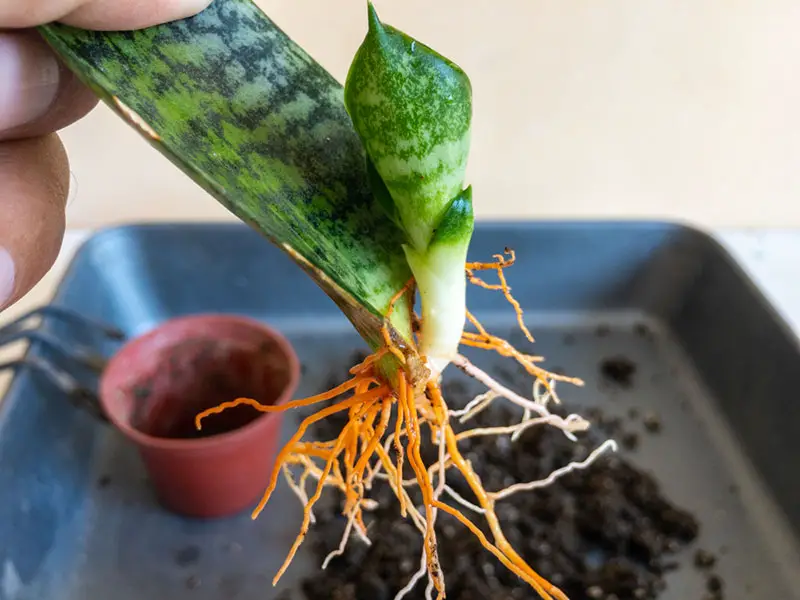
How to Transplant Rooted Cuttings to Soil
Once your cuttings have a good root system, it is time to pot them in soil. It is essential to work carefully and handle the roots gently so as not to damage the young roots. Nearly all rooted cuttings will suffer some stress when potted in soil, but they will recover in a few days with careful handling.
- Fill the plant pot three-fourths full of potting mix. The type of potting mix you need depends on the type of plant, but most will do well in a mixture of one part of all-purpose potting soil, one part peat moss, and one part perlite. This makes a lightweight potting mix that drains well and provides aeration for the roots.
- Make a hole in the center of the pot large enough for the roots of your cutting.
- Place the cutting into the soil, spreading the roots out over the soil.
- Backfill around the roots with fresh soil.
- Firm the soil down lightly with your hands to remove air pockets around the roots and to secure the plant.
- Water the new plant thoroughly to moisten the soil.
- Place the plant in a location that receives bright light, but avoid direct sunlight.
- Keep the soil moist until you see signs of new growth on the new plant.
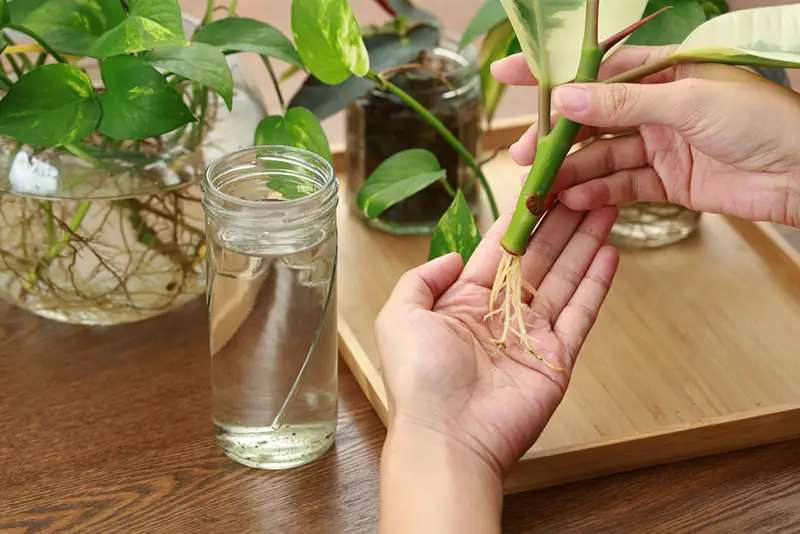
Considerations
- Some cuttings, like Monstera, will produce a large white root that grows until it reaches the bottom of the vase before it begins to send out smaller roots along the sides. Wait until the main root forms several hairy white roots before putting it in the soil.
- Your cuttings may show signs of stress when they are transplanted to soil, but this is usually temporary. If your new plants look wilted, make sure the soil is moist. You can also help them along by covering the entire plant with a plastic bag to hold in moisture until they are established. Make sure to poke a few holes in the bag to encourage air circulation. If too much moisture collects in the bag and the foliage and soil are wet, open it to let it dry out.
- Using sharp, sterilized cutting utensils is vital. Unsterilized knives or clippers can spread disease. Dull cutting utensils can crush or damage the stem when you take your cuttings.
- Rooting several stem cuttings in the same vase or glass is convenient, but be aware that if they are left too long in water the roots may become intertwined and be difficult to separate.
What are the best plants to root in water?
Tropical and subtropical plants root in water easily, but there are others, too. Consider this list of houseplants that root easily in water.
- Swedish Ivy
- Ivies
- Pothos
- Philodendron
- African Violets
- Spider Plants
- Monstera
- Begonia
- Impatiens
- Coleus
- Fiddle leaf Fig
- Christmas and Thanksgiving Cactus
- Polka Dot Plant
Rooting cuttings from your houseplants is one of the easiest ways to propagate them. Not only is it easy to do, but you can see the roots and don’t need to guess if your cutting has rooted.
With this method, you can create several new plants identical to the mother plant easily and quickly.

